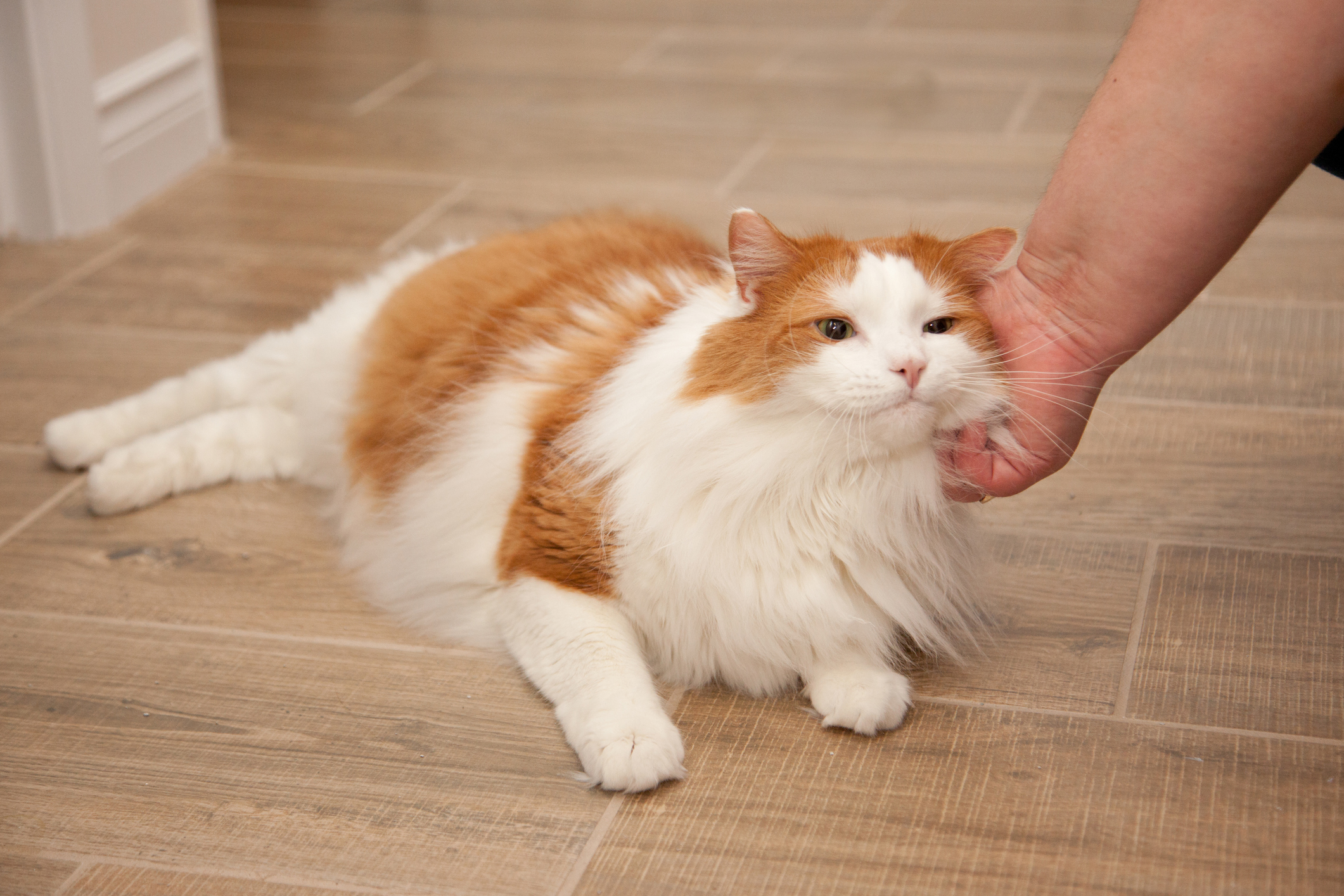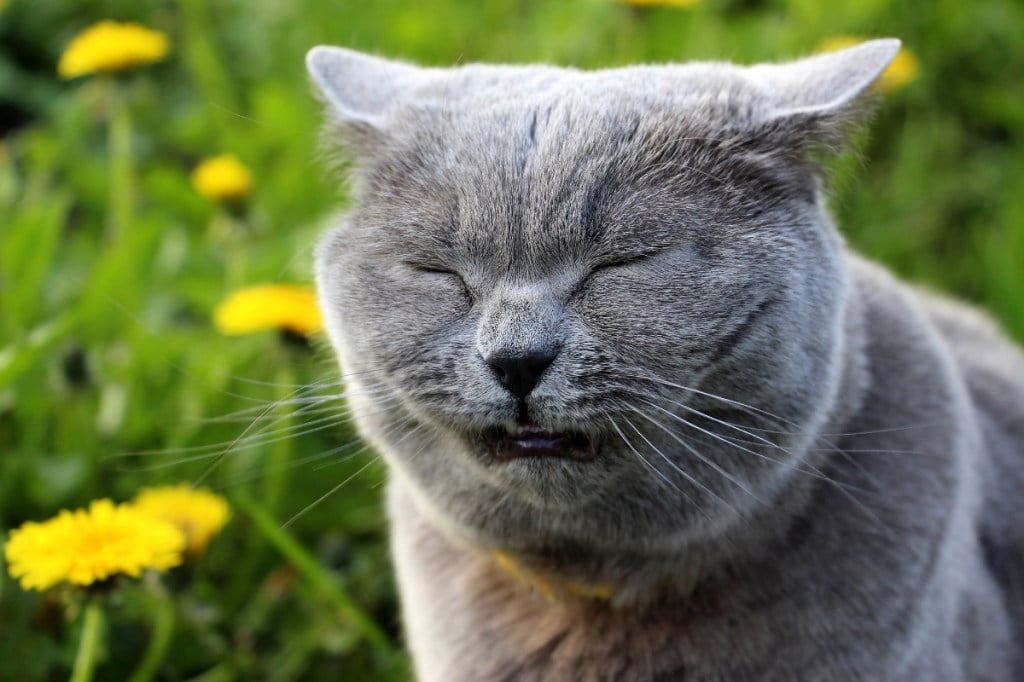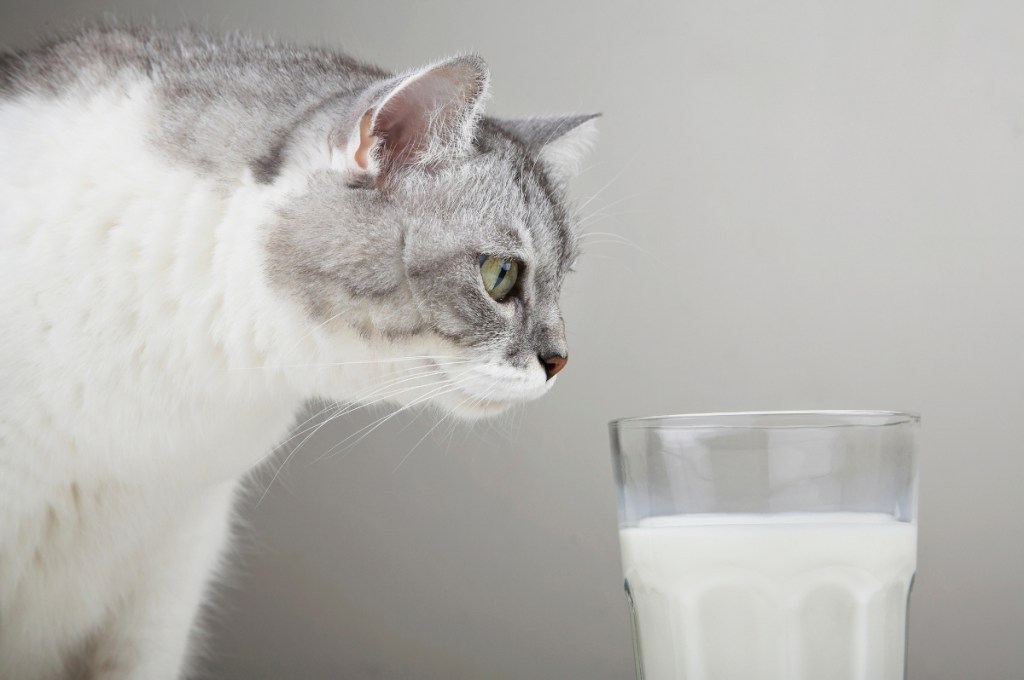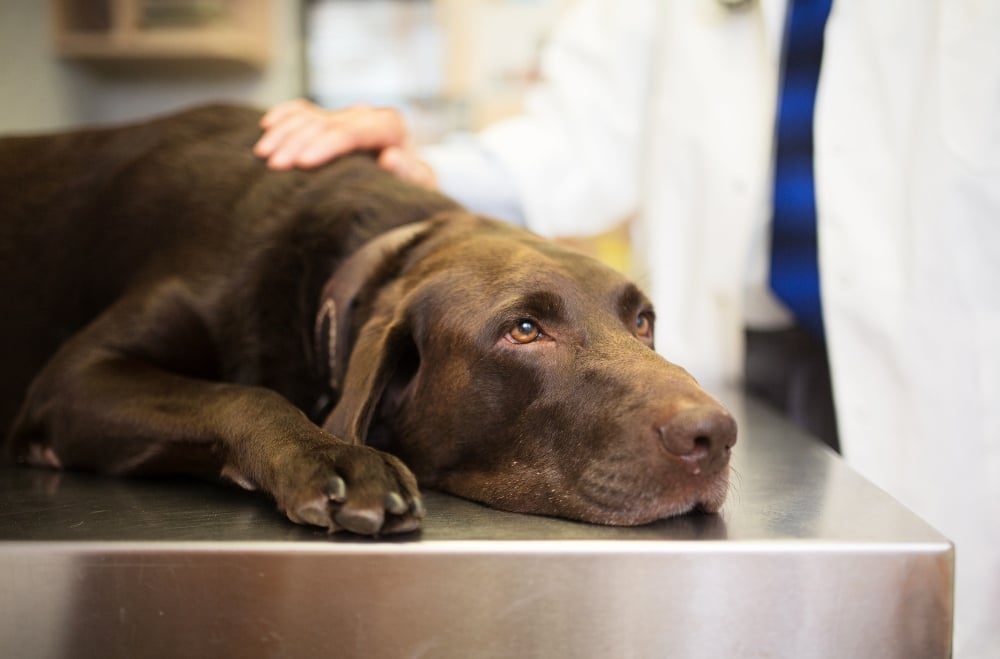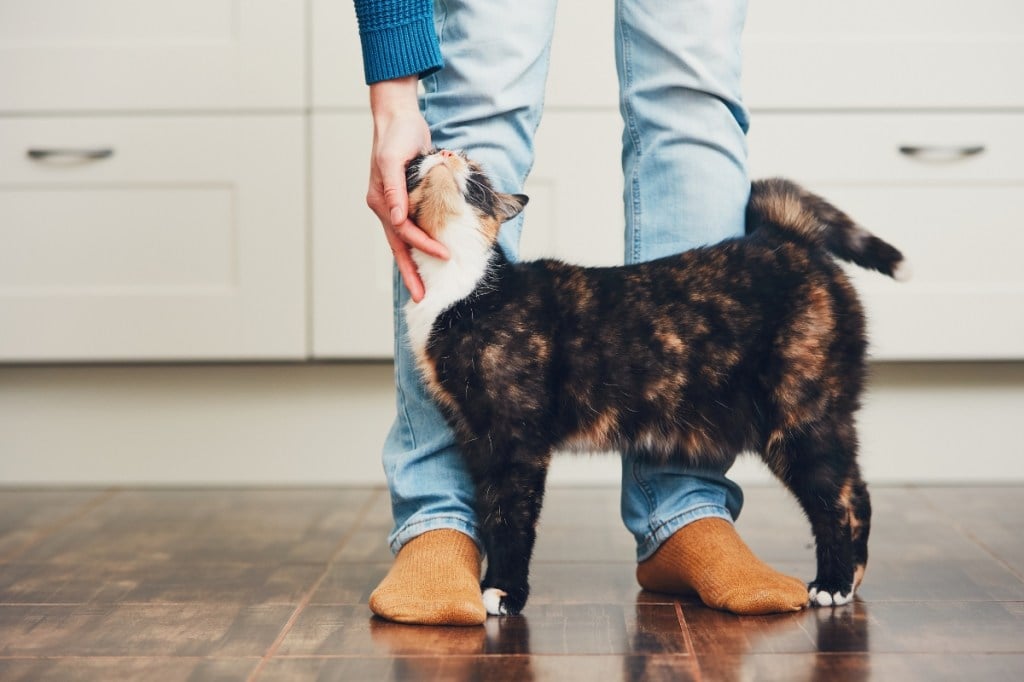Table of Contents
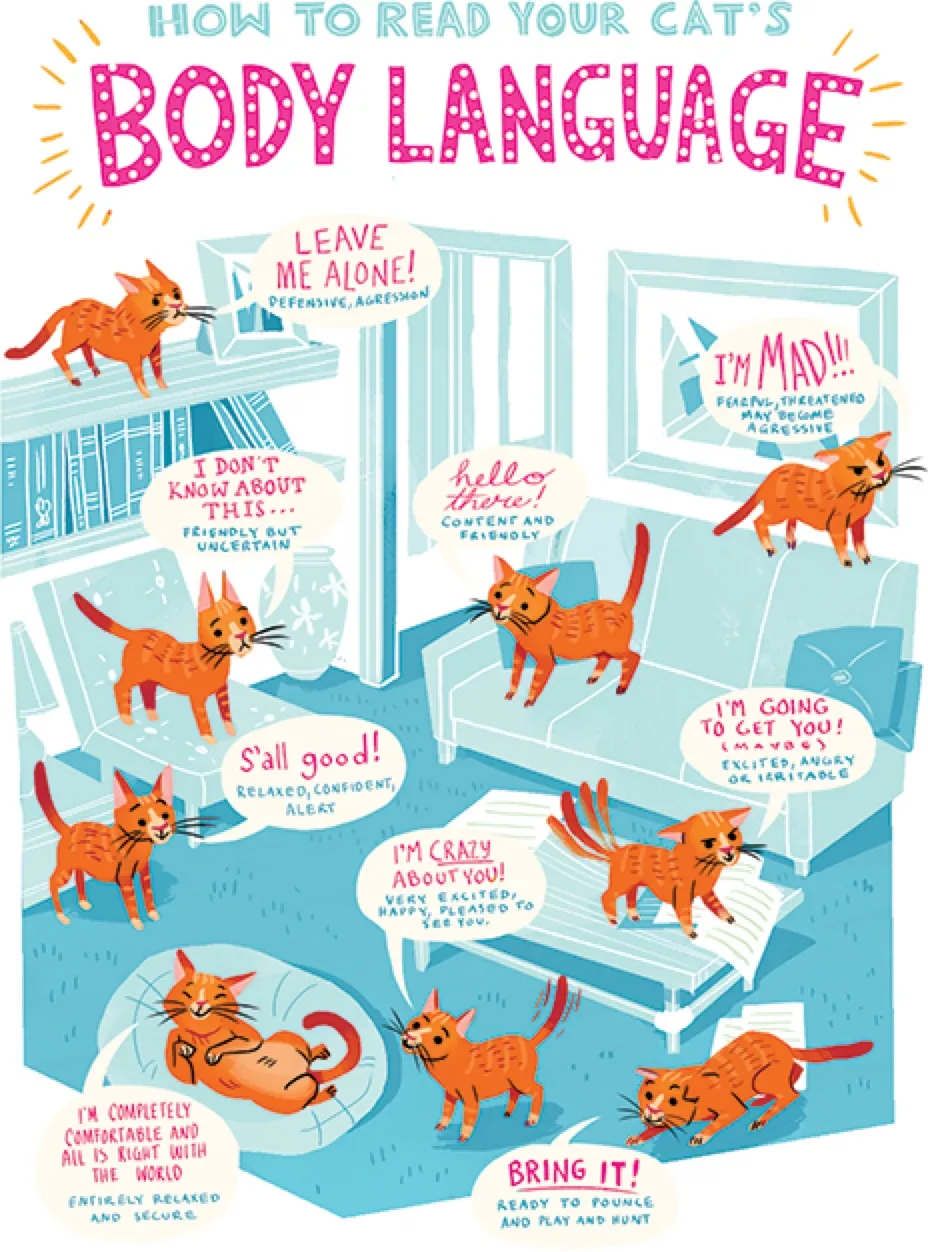
It’s no secret cats have a reputation for being aloof and fickle, the polar opposite of dogs’ friendly, outgoing nature. Felines have a unique system of body language, communicating verbally and nonverbally through tail and ear movement as well as vocalization. Here’s how to read your cat’s mind (well, as best as you can):
Recognize common cat “postures.”
Cats have specific types of posturing that indicate emotions like fear, anger, happiness and excitement. According to the Ohio State University College of Veterinary Medicine, feline body language has six main forms of emotional response:
- Relaxed – Sitting or lying down with a loose tail and extended legs; normal pupil dilation and ear position.
- Alert – Sitting or lying down with tail and legs close to body; ears and whiskers may twitch to detect disturbances.
- Tense – Sitting or “slinking” down with a tense tail; partially dilated pupils and erect ears.
- Anxious – Lying down or “slinking” with a curled or twitching tail; dilated pupils and partially flattened ears.
- Fearful – Lying on belly or “hovering” over paws, possibly trembling; fully dilated pupils and flattened ears.
- Terrified – Crouched “hovering” over paws, shaking, with fluffed-up fur; fully dilated pupils and flattened ears.
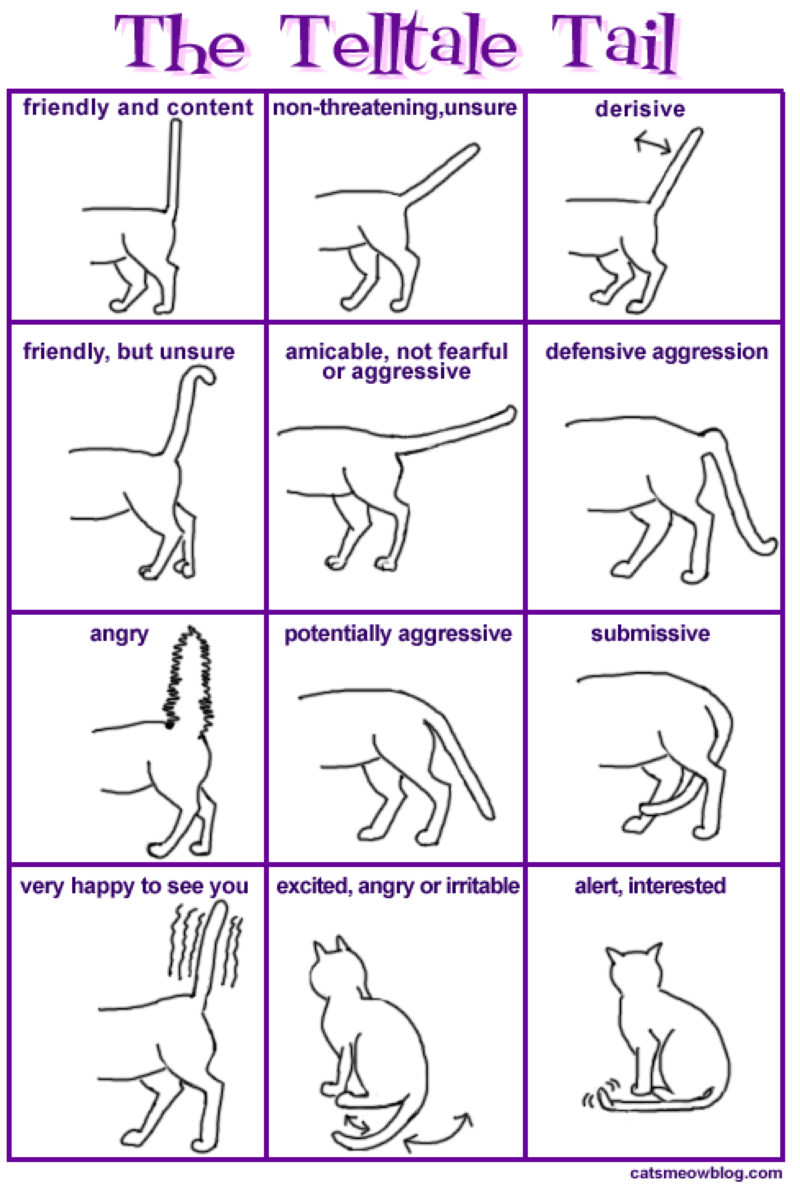 Cats’ tails aren’t just for wagging.
Cats’ tails aren’t just for wagging.
It’s helpful to think of a cat’s tail as an indicator of its emotional state. While both dogs and cats “wag” their tails, felines’ movements are much more nuanced, thanks to a greater range of motion.
An upright tail indicates your feline is feeling friendly; a droopy tail tip indicates skepticism, while a twitchy, almost vibrating tail means extreme excitement. A tail positioned at a 45-degree angle can mean many things, and is usually a cat’s default state.
Aggression and fear are signified by a downwards-pointing tail, sometimes tucked between the legs. Watch for the dreaded “bottle brush” tail; an angry or scared cat often puffs up its tail fur to appear larger.
Know when to pet and when to stop.
One of the biggest complaints about cats is their moodiness, especially when it comes to affection. In a common scenario, a cat will approach a pet parent for physical affection; not long after the petting starts, the cat becomes agitated and runs off. Contrary to popular opinion, cats give off many signs of displeasure before they respond with aggression.
A happy cat who wants affection will display some of these behaviors:
- Rubbing their chin/head on people or objects
- Exposing their belly
- Tail is arched or wagging
Watch your cat’s tail, ears and pupils for indicators play time is over. Dilated pupils, flattened ears, and a defensive posture indicate distress and possible aggression.
Vocalization is more than “meow.”
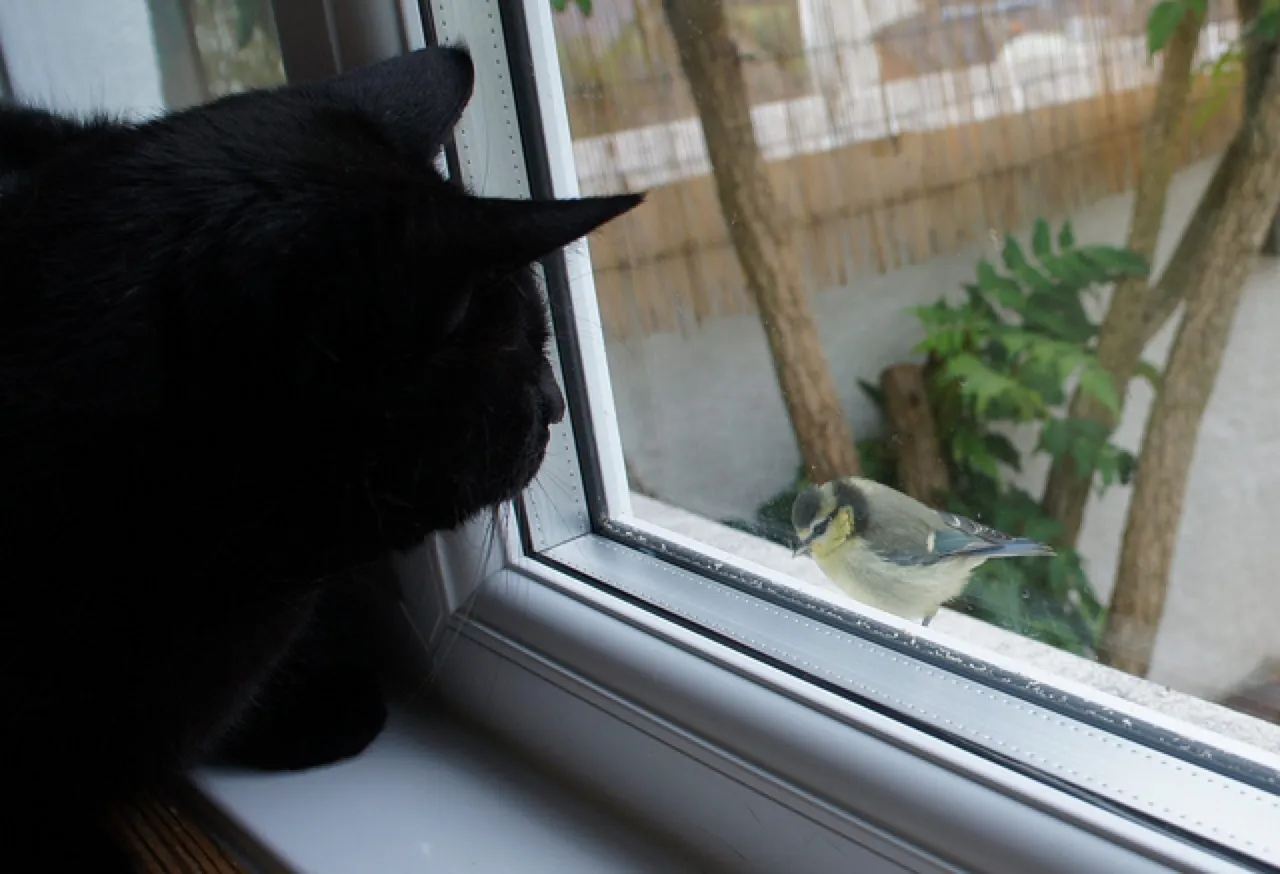
There are a wide variety of cat vocalizations, each with individual meanings. Just as humans exhibit different tones of voice, so do felines! Chirps or “trills,” typically used by mother cats to communicate with kittens, are also used by adult felines to indicate they want a human to follow them – usually for food! What the Humane Society calls “chattering, chittering or twittering” occurs when cats are observing wildlife, like birds or squirrels; feline behaviorists suspect the noise has roots in cats’ “killing bite,” where the predator must use its teeth to work through bones and snap them.
University of Bristol anthrozoologist Dr. John Bradshaw has studied cat vocalizations among feral and domestic felines, with surprising results – feral cats are almost entirely silent in comparison to their domestic counterparts. “People think of [meowing] as an absolutely classic cat behavior … but it’s something they’ve learned to do to get our attention,” said Dr. Bradshaw in an interview with New York Magazine. “It’s really something they’ve adopted as a way of communicating with humans.”
A 2003 study by Cornell University’s Department of Psychology found pet parents could classify their own cat’s meows more accurately than strangers, further proof that cat vocalizations are directed at humans rather than other felines. “With experience, human listeners can become more proficient at inferring positive-affect states from cat meows,” researchers reported.
